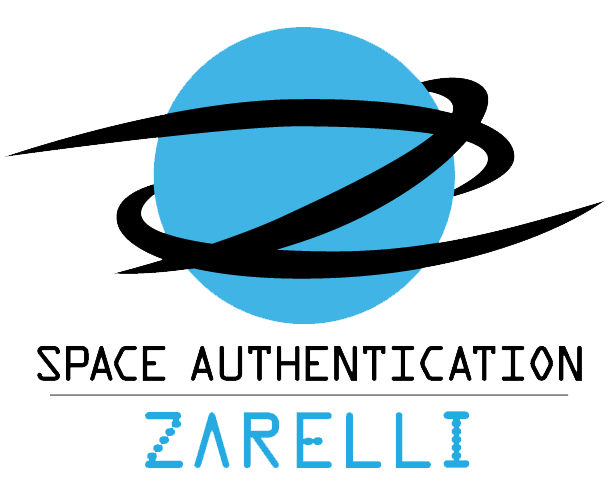Advice for "investing" in collectibles
/I don't consider my collectibles an "investment," but when I spend money on something, it would be nice to get something back out of it down the line when it's time to sell.
With this in mind, I advise avoiding mass-produced material as much as possible. By that I mean single signed balls of common signers, common signed flats, etc. If it has a Steiner sticker, it's probably not rare.
Go for items that are less common.
If you really want a signed item from someone who is in plentiful supply, get one with a less common inscription. This applies to all collectibles, not just baseball autographs.
Derek Jeter may be signing baseballs for another 50 years.
Will you ever get $400 back out of it?
If I could tell go back in time and give myself one bit of collecting advice, it would be, "
one $200 item is way better than ten $20 items
."











